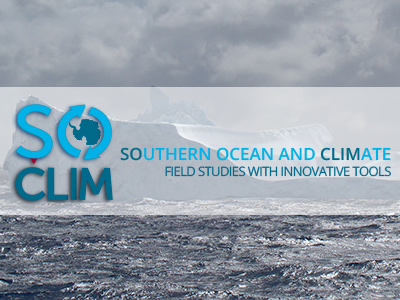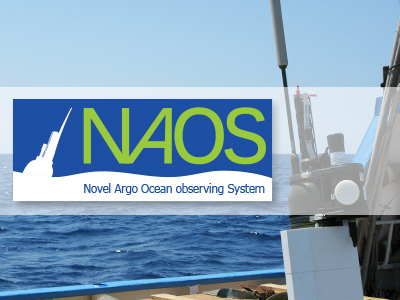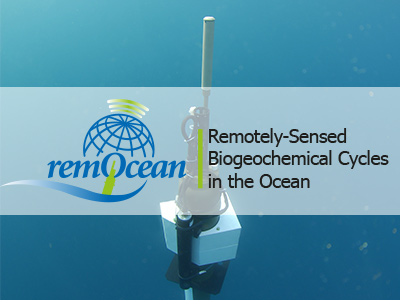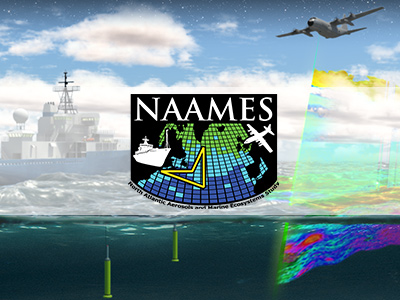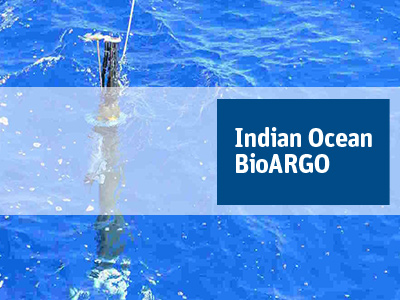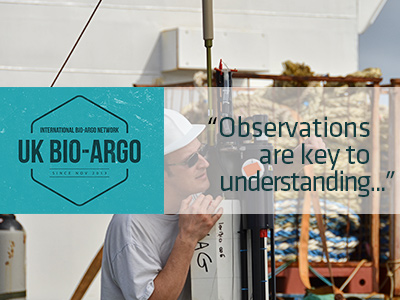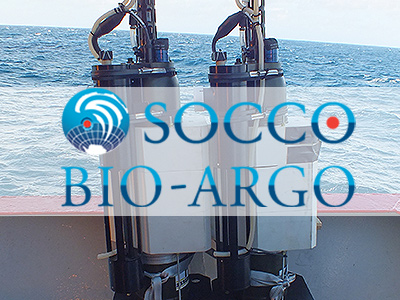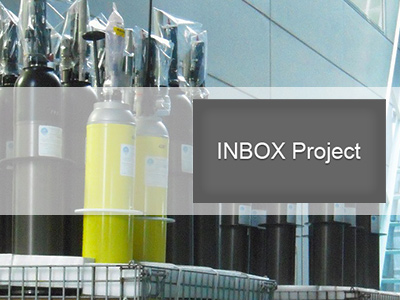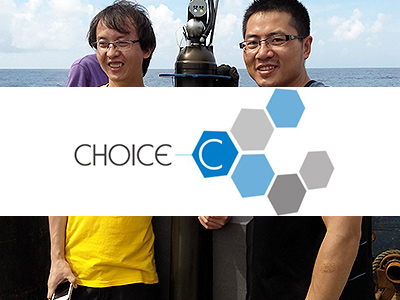The radiation emanating from the sun and impinging on the ocean is the major source of energy driving life in the ocean and is also involved in processes such as heating and photo-oxidation. Light is attenuated in the water column due to its absorption by in-water constituents and hence spectral light attenuation is used to infer the concentrations of materials in the ocean.Radiometers deployed on floats typically measure the down-welling radiation intensity at several channels, a few narrow spectral channels from which the concentration of chlorophyll and dissolved organic materials are inferred and a broad-band PAR channel, providing an estimate of the light available for primary production in the ocean.
A few floats, designed for validation of remote sensing radiance field, are equipped with upwelling radiometers.
Radiometers typically contain electric elements (photo-detectors) that change the current through them or voltage across them in response to the energy of light impinging on them. Using filters or other means to separate different colors (e.g. prism) specific colors (wavelength band-width) are sensed. PAR sensors are designed to have a response proportional to the number of visible wavelength photons impinging on them to mimic phytoplankton.
| Parameters | Processing | Quality Control |
|---|---|---|
| Irradiance |
EXPLORE THE PROJECTS MEASURING THIS VARIABLE
Total number of Downwelling irradianceprofiles acquired by BGC-Argo floats
Profiles acquired in
Others Variables
O2, NO3, pH, Chla, Suspended particles


